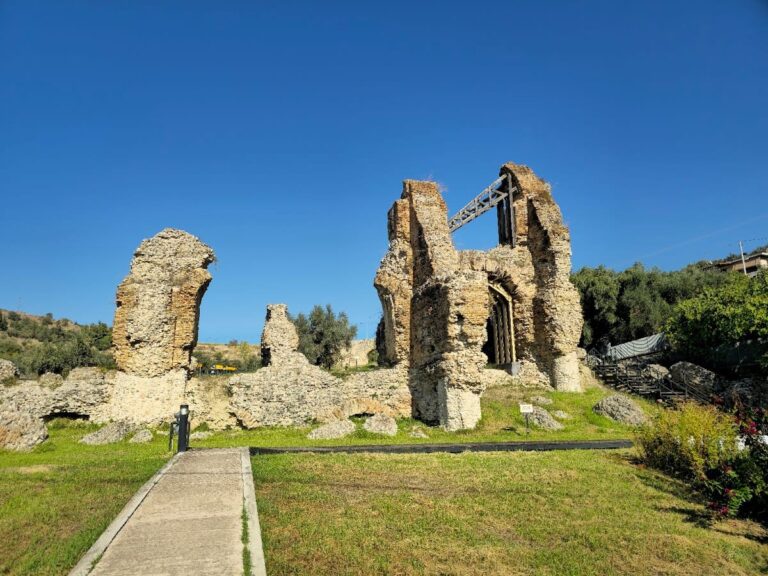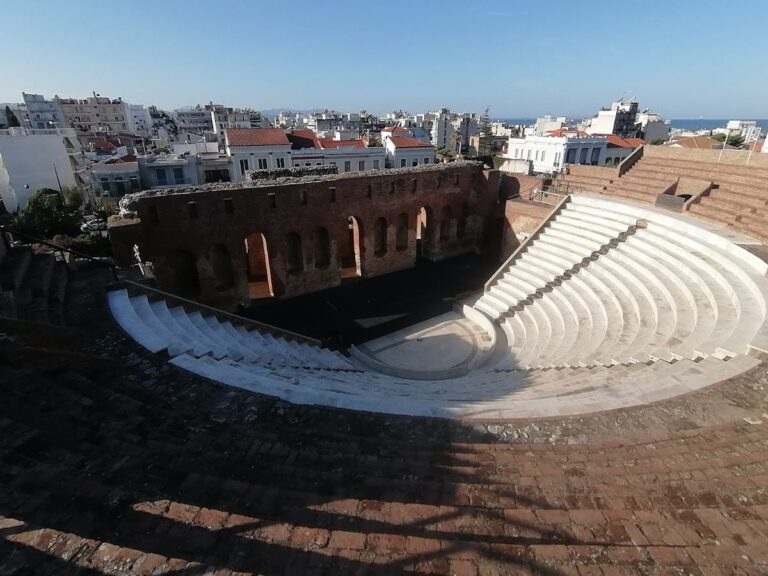Antirrio Fortress: An Ottoman and Venetian Stronghold in Greece
Visitor Information
Google Rating: 4.3
Popularity: Low
Google Maps: View on Google Maps
Official Website: www.kastra.eu
Country: Greece
Civilization: Ottoman, Venetian
Remains: Military
History
Antirrio Fortress is located in the municipality of Antirrio in Greece. This fortress was built by the Ottoman Empire at the end of the 15th century to secure a critical maritime passage. Its construction was ordered by Sultan Bayezid II and completed remarkably quickly in 1499.
The fortress’s original purpose was to control access to the Gulf of Corinth by working in tandem with the nearby Rio Fortress situated directly across the strait. Their placement at the narrowest point between Central Greece and the Peloponnese created a deadly crossfire zone, effectively blocking enemy ships from passing through this strategic channel.
In 1532, the fortress underwent a significant crisis when it was besieged by the Genoese admiral Andrea Doria. The Ottoman garrison, unable to withstand the siege, destroyed the fortress by detonating it as they withdrew. However, the very next year, the Ottoman forces returned, regained control, and rebuilt the fortification. Over a decade later, in 1543, the famed Ottoman corsair Hayreddin Barbarossa further strengthened the fortress by adding artillery, enhancing its defensive capabilities.
The early 17th century saw another violent episode when the Knights of Malta destroyed the fortress in 1603. Once more, the Ottomans rebuilt the structure to maintain their control over the region. In 1687, during a Venetian offensive led by Francesco Morosini, the defenders again blew up the fortress while retreating. The Venetians then took control and reconstructed the fortress according to their own advanced military engineering, adapting it to contemporary fortification standards.
Following the Treaty of Karlowitz in 1699, the fortress reverted to Ottoman rule and remained under their authority for the next century. This changed in 1829, when the fortress was handed over to the newly established Greek state after a treaty was signed by the Greek official Augustinos Kapodistrias.
In recent history, the fortress has served a cultural role. The Greek Ministry of Culture now uses the site during summer months to host concerts and theatrical performances, connecting the community with this historic monument.
Remains
The remains of Antirrio Fortress present a near-hexagonal layout with polygonal bastions located at each corner. The fortress stands surrounded on three sides by the sea, providing a natural defensive barrier. Its sturdy walls rise to approximately eight meters and are built to slope inward slightly, a design feature intended to better deflect attacks. Gun openings, known as cannon embrasures, face the sea along these walls, emphasizing the fortress’s maritime defense role.
Originally, a moat filled with seawater protected the north side of the fortress, effectively isolating it from the mainland and adding an extra layer of defense. This moat has since been filled in, altering the original access and defensive layout. The main point of entry is found on the northwest side, where a barred gate opens into the fortress through an arched passage, leading inside the fortified enclosure.
Within the fortress, records from the Ottoman era indicate that it housed as many as 89 residential buildings, supplemented by two mosques and a Turkish bath, reflecting its role not only as a military stronghold but also as a settled community. When under Venetian control, the fortress was armed with 30 cannons, signaling a significant military presence. The current architectural appearance largely reflects Venetian military engineering from their last phase of reconstruction, including the layout and fortification style.
Situated immediately west of the northern end of the Rio–Antirrio Bridge, the fortress also features a lighthouse on its southern tip, marking its continued importance as a navigational landmark in this crucial maritime corridor.







